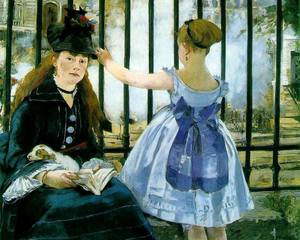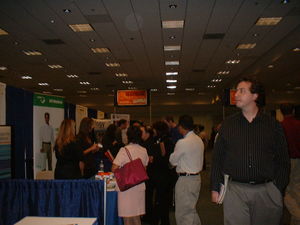There are a number of different models that can be applied when reading a novel, poem, or other literary work. In fact, these different models are used by professional critics in order to determine, or pull from a work, the meaning. One very common model or theory is the Feminist one, a term that is not so foreign in today’s day and age as it was when Mary Shelley wrote her classic “Frankenstein” which has now been examined through a Feminist perspective numerous times. In fact, Mary Shelley herself, as well as her mother Mary Wollenstonecraft, were firm believers in the Feminist cause; and this is just one of the ways in which Feminist critique is started on a literary work.
Before one can understand the exact methods utilized in order to make or write a Feminist critique, it is important to fully understand what Feminist criticism is, and what it isn’t. The Feminist perspective works to determine and difference and uniqueness of the male and female voice in writing. For example, one taking a feminist perspective might look at the subject matter a male writes about as opposed to a female’s topic. One might also look at the diction, style, or voice of a female writer as opposed to her male counterpart. Another important area in which feminist critics are interested in is the balance of power, or rather the imbalance present. In the aforementioned “Frankenstein” Shelley created men that traveled, studied, and lived rather adventurous lives, while her female characters embodied the stereotypical mother figures working to keep the family together, cook, clean, maintain a humble attitude, and generally work to please their men. A feminist critic would see this as Shelley’s expression of the difference in male and female roles in society, and the difference in the power each had to do as they pleased. Furthermore, they might cite Shelley’s own conflict between family and career. Virginia Woolf is another commonly looked to female writer for examples of the imbalance of power that feminists took issue with.
Lastly, the feminist critic seeks to examine the female experience, especially in comparison to the male experience. This includes personality, education, childhood experiences, and anything else that defines the female identity. Dobie (2002) notes the letters of Abigail Adams to her husband John Adams as examples of female literature that express identity. Although letters were not always thought of as literature, Dobie (2002) asserts that these letters show Abigail Adams’ awareness of self and opinion (p. 109).
While there are a great number of things to consider when writing a feminist critique, there are also key questions that one can answer to focus themselves and find a starting or focus point. For example, look for female stereotypes. How are the females in the piece characterized? What role do women play in the piece? Are there dominant women? Submissive women? Do women play a major or minor role? What attitudes are expressed by male and female characters about women? How do male characters talk to and about female characters? How do females talk with males?
After answering these questions, it may be appropriate to examine the author, genre, and subject matter of the piece. For example, what are or were the author’s ideals on the female situation? Is the author’s position impacted by the author’s history? Was or is it impacted by the history of the time? What sort of language does the writer use? From these, or other related questions one can choose a starting point and reference the book for elaboration. Often it is important to examine several questions or points in order to get a full and appropriate picture of the piece.
References:
Dobie, A. (2002). Theory into Practice: An Introduction to Literary Criticism. New York. Thomson.



